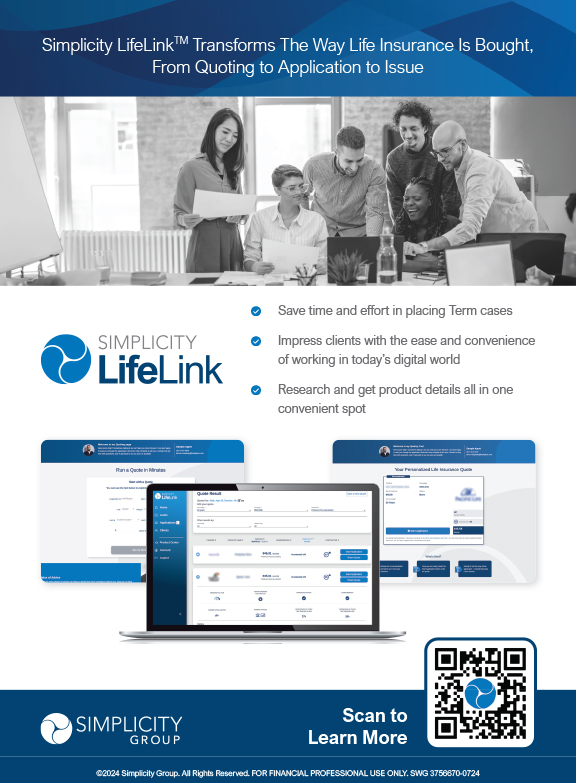There’s a little black lab at our house named Jed Clampett, whom we affectionately refer to as our Tennessee mini-lab. We rescued him from the woods where his mother had taught him to survive. Left to his own devices, he earned his Tennessee namesake’s reputation almost daily because he loves to hunt and he is very good at it. He is lightening fast and sneaks up on his prey like a stealth bomber. The little bunny or baby squirrel never knew what hit ’em.
Since we are all animal lovers around our place, that had to stop, and it stopped pretty much the day we put a bell on Mr. Jed. Now the baby animals in the forest can hear him and scamper quickly away when he goes into his stalking mode.
But before we took such drastic action, Jed was bringing home “presents” and the stinkier, the better. His favorite seemed to be the flattened squirrel. Sometimes I think it was road kill and he was just cleaning up the environment by bringing it home to his human family. Whatever he brought, he was so proud and would drop it on our front deck with a flourish, expecting the utmost praise.
Why am I regaling you with this tale? Because just as in any other insurance sale, there are good prospects and poor prospects. Just as with individual long term care insurance sales, you will find it necessary to train the referral sources that you develop for worksite about what a good prospect is for long term care insurance.
Ideally a prospect will satisfy the 40/40/40 rule: At least 40 percent of the employees are over age 40, have an income of $40,000-plus, and at least 40 percent are female. The income will vary based on geographic region; with high-cost areas, $40,000 is too low—you might even make that threshold more like $75,000 or more. Even in middle America, it’s becoming the norm to want 40 percent of the employees to have incomes in excess of $50,000, for two reasons:
1. Inflation. The cost of living is much higher today than when the 40/40/40 rule was originally set up a decade ago.
2. Premiums have increased significantly in the long term care insurance market, especially in the younger ages. Between 2006 and 2008, I saw premium for a 40-year-old couple increase about 22 percent when I did my annual premium comparison of about ten carriers.
Five developments are driving the higher premiums:
1. Longer life spans which make the 5 percent compound no max inflation benefit very scary to price when the average purchasing age in worksite LTCI is only 46. A guaranteed acceptance plan is really frightening to carriers as employees become more educated and finally understand what a gift that is, especially as it relates to the 5 percent compound no max inflation benefit.
2. Lower than anticipated lapse rates. In the early stages of long term care insurance, I heard an expected lapse rate of 15 percent thrown around. The lapse rate today could be better referred to as a death rate since it is well under 2 percent.
3. Lower than anticipated earnings on reserves. Rates set with an expectation of earning 7 percent on reserves are not going to be sufficient any way you look at it if earnings fall to 3 percent.
4. Better claims information. As long term care insurance has been around in a meaningful form now for at least 20 years, the actuaries have a better idea about benefit utilization and behavior and are able to use pricing methods other than the dartboard approach; and
5. NAIC regulation. Back in 2000 stiff penalties for any carrier practicing an inappropriate pricing pattern were instituted. I have found that it helps employers to be aware of this list of penalties as well so they are able to better trust the pricing of today’s carriers. Most states have passed it.
Characteristics of a Good
Worksite LTCI Prospect
Contrary to popular belief, there are many wonderful group prospects other than doctors and attorneys and similar white collar professionals. Here’s a checklist you can use when evaluating groups for long term care insurance:
• Does the owner feel paternalistic toward the employees and take care of them accordingly? (Or “maternalistic,” as one woman-owned conglomerate quickly corrected me.)
• Does the employer value the employees and consider turnover expensive?
• Do most of the employees have long tenure and seem loyal to the employer?
• Does the employer try to tie employees to the company with benefits?
• Is the company stable, i.e., no mergers, acquisitions, layoffs?
• Does the company already offer a great benefit package, including voluntary benefits?
• Is there good participation in the other voluntary benefits?
• Are many of the employees “planners” who are concerned about taking care of their families and planning for a successful retirement? Most important buyer characteristic!
• Do many of the employees have some college education? (Most LTCI purchasers have some education beyond high school.)
• Is the average age of the group 40 or older?
• Is there a significant number—i.e., 40 percent—of employees with an annual salary of $40,000 or more? (Customize for your area.)
• Are at least 40 percent of the employees female? (Women tend to drive the sale, but be careful—if the female percentage is too high, you run out of women who are decision-makers and the “I have to check with my husband” objection takes over.)
• Last but not least, it’s not a good idea to offer long term care insurance immediately after a health insurance rate increase.
If I had to pick one characteristic over the others, it would have to be whether or not the employees are planners. Are they buying lottery tickets on their way to work as a retirement planning tool, while refusing to invest in the 401(k)? Does “mutual fund” mean we’re all having a lot of fun? (Let’s all thank Jeff Foxworthy for a bit of humor with this definition.)
If they are investing in their retirement fund with pre-tax dollars regularly, plus participating in other voluntary products, you’ve got yourself a great worksite LTCI prospect.
My second favorite characteristic is education. Generally, if employees are doing retirement planning, they are more highly educated than the general population, and that’s how they understand the need to plan.
A really refreshing aspect of the worksite LTCI market is that with qualified groups with employees who are educated and planners, you rarely hear complaints about the economy. Just the opposite, these employees understand the need to plan for long term care. Their focus is more on understanding the true cost of long term care and understanding how fast the cost of care is growing and becoming a very serious threat to their financial plan to not outlive their income.
Back to Jed Clampett. What type of prospect would I consider a flattened squirrel in this market? Here’s a partial list, and I think you will quickly get the idea:
• Uneducated: Municipalities (city and county employees) can fall into this category, as well as retail and service industries.
• An average age younger than 40, as you will typically attract a lot of young families. In a group with broader ages, many of these younger employees will enroll, but I’m convinced that is helped by some mentoring coming from the older employees who truly understand the importance of the long term care insurance benefit in general and of the underwriting break in particular.
• An average salary less than $40,000.
• Companies with the bulk of the employees not having access to email or regular communication channels.
Public schools for K-12 are challenging because these teachers have lower salaries, are younger and often in more entry-level teaching jobs, and the communication system can be much less efficient than in private schools or private industry.
Hospitals are especially challenging because it is so difficult to communicate with the employees who can afford long term care insurance, such as the nurses and staff physicians and other professionals.
However, just because a group isn’t a good prospect for a voluntary benefit offering to all employees doesn’t mean you can’t approach it to do an offering to the owners and executives.
Therefore, don’t overlook asking every business owner you meet about long term care insurance if you think he or she is health and financially qualified, because tax incentives for long term care insurance are better for business owners than for individuals.


























